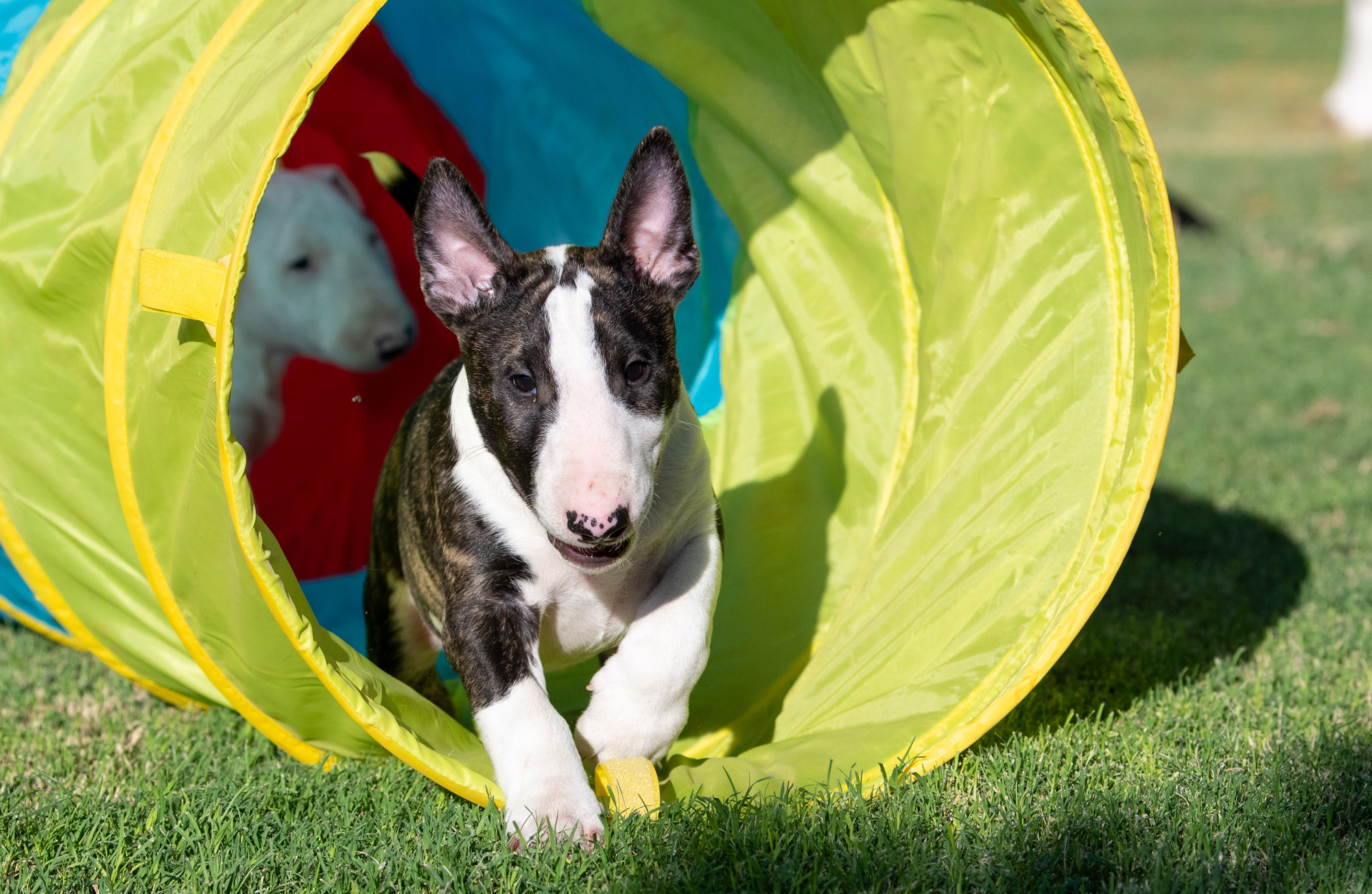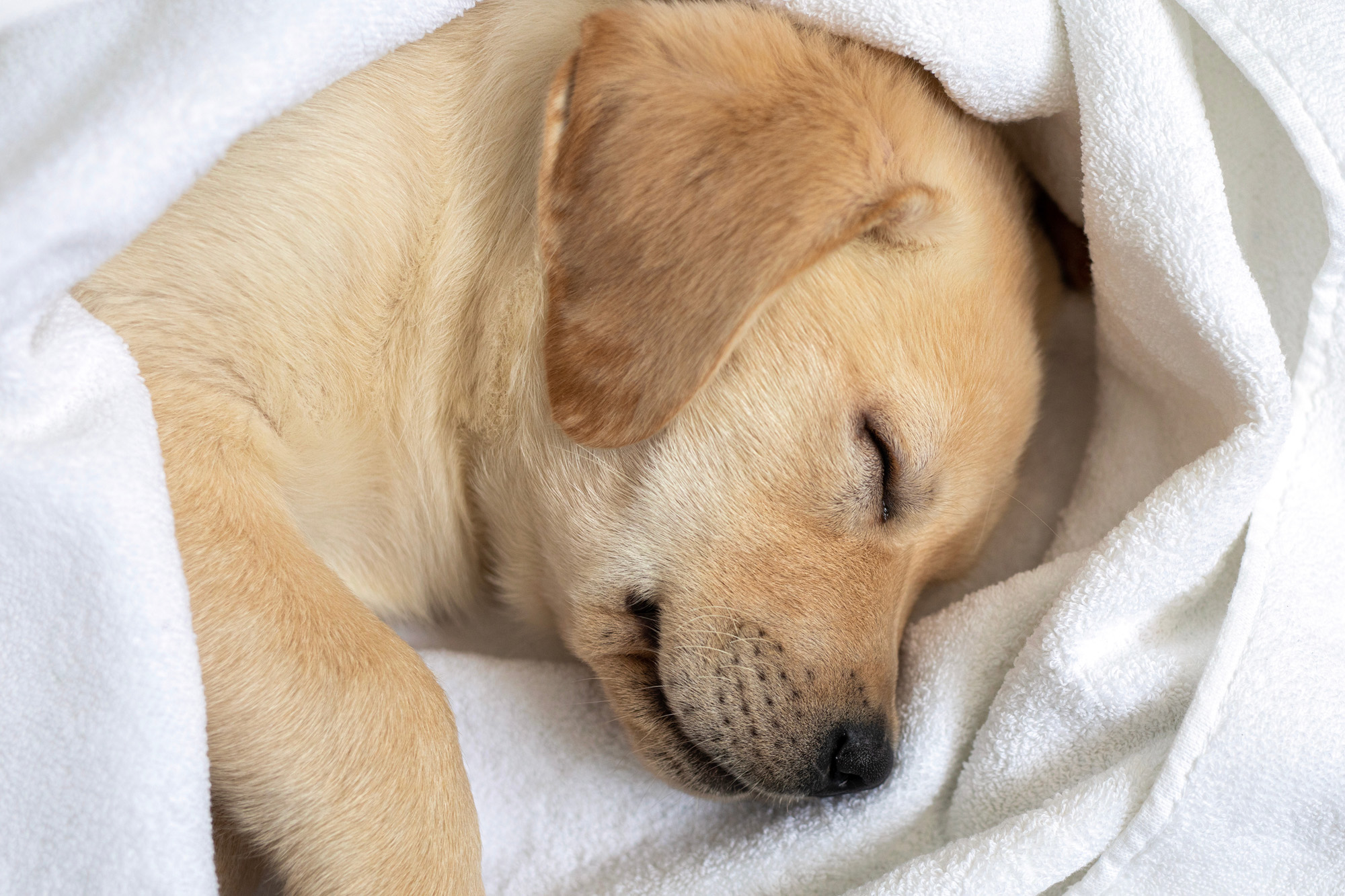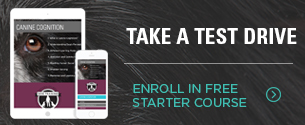
We also understand how easy it is for families to become distracted by the excitement of an impossibly cute pup and forget that bringing home a new puppy is a big responsibility and as much as a 15+ year commitment. By asking questions and planning ahead, caring guardians have a unique opportunity to give their young dog a wonderful start in life and set the groundwork for future success.
So where to begin with a new puppy? Should certain lessons take priority? Victoria posed this question during a roundtable recently and the team raised these important considerations:
Top priorities for new puppies
Positively’s Harmony Model reminds us that puppy and dog welfare depend on several inter-related dimensions. When trainers are brought in to work with puppies, we consider each individual animal’s need for safety, socialization, communication, enrichment, training, and how we can best utilize BRAVE coping strategies to set the canine/human team up for success. Then we look at the home environment and suggest a puppy plan that’s realistic and effective, taking the family’s daily schedule into account.
One consistent priority is to set a positive tone in the relationship with dogs from the beginning, without confrontation or conflict. The top priority for puppies—no matter what the breed, size, or sex—is for them to feel safe. We create environments where puppies are not just physically safe, but also feel safe. We can then support and guide them with patience and understanding, only introducing new experiences in a carefully supported and individualized manner.
Proactive potty training
House training is often easy, as long as the pup is given regular and predictable access to suitable locations to relieve themselves and praised for success. Trainers ask families where they will expect their puppy to toilet as an adult dog and teach accordingly. For example, must this pup learn to relieve itself in a specific area of an apartment or on a balcony, or will it be walked on concrete and grass surfaces? If the dog is expected to toilet on various ground surfaces, then that puppy should be exposed to those surfaces as soon as possible. Otherwise, we can inadvertently provoke limiting and frustrating habits, such as the pup only being willing to potty on gravel in a yard, on grass in a field or on a wee pad indoors.
Victoria’s team agrees that long, forced walks should be avoided for puppies. Instead, short, more relaxed walks allow a puppy to explore and learn at their own pace.

Enough rest
Trainers can remind clients of how essential sleep is for both humans and dogs, and that it’s often neglected for pups despite being crucial for cognitive function and memory consolidation. Puppies need around 18-20 hours of sleep per day! That means it’s often wise to put the pup down for a nap instead of passing her around to every visitor or playing together endlessly. A good snooze will help restore a pup’s energy and resilience—just like it does ours!
Support socialization and resilience
Building a pup’s resilience through socialization is an ongoing process, not a one-off event. We do this by setting the puppy up to become confident in their relationship with us and in their environment. If puppies show signs of fear, such as by hiding or barking, it’s important to work at their pace.
We want to think about the entire environment, including unfamiliar smells, sounds, and potential discomfort or pain due to unfamiliar surfaces under their feet. We want to listen to a puppy’s body and not push them too hard during play and exercise, as their joints and bones are still developing.
During those first 8-12 weeks, socialization should be well-thought-out and tailored to each individual dog. For the first week after the puppy comes home, just getting used to the guardian’s living environment is significant exposure to novelty. Later, we can think ahead to what will be expected of the grown dog, and provide a comfortable level of exposure during those early days. Socialization is so vital that it’s a key element of Positively’s Harmony Model.
Managing the household
If multiple dogs live in the home, it’s important that the older ones are allowed some downtime in their own space. A high energy pup can just be too overwhelming and tiring, for example, for a 7-year-old dog. Tools like baby gates and pens can be useful for management, while crates are optional–especially for puppies who need extra support to adjust to being on their own without littermates.
First lessons
Most important is focusing on each puppy’s individual needs and not comparing them to others. Trainers can help guardians read a puppy’s body language and notice signs of discomfort. Formal classes are less important than helping them feel safe and confident. When a pup does reach a stage of development where they are open to training, teaching life skills like attention and coming when called are practical places to start before focusing on more complex tasks.
Finally, we can reassure clients who may feel personally overwhelmed and uncertain during the early stages of raising a puppy, despite doing everything “right.” The biggest lesson they need to learn is patience! Each pup is unique and learns at its own pace, and by having flexible expectations, guardians can help them be successful.
Listen to the full roundtable about puppy training.



